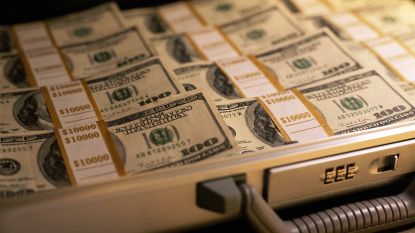Companies have at their disposal two main options when they want to return cash to shareholders.
Dividends tend to be preferred by income investors; a dividend is a cash payout to shareholders, typically issued on a half-yearly basis.
The other method is to use a share buyback. This means just what it says – the company buys back its own shares.
Subscribe to Kiplinger’s Personal Finance Be a smarter, better informed investor.
Save up to 74%
Sign up for Kiplinger’s Free E-Newsletters Profit and prosper with the best of Kiplinger’s expert advice on investing, taxes, retirement, personal finance and more – straight to your e-mail.
Profit and prosper with the best of Kiplinger’s expert advice – straight to your e-mail.
It’s easy to see why shareholders like dividend payouts. But how do buybacks benefit shareholders? Well, when a company buys and cancels some of its own shares, the remaining shareholders are left holding a greater proportion of the company.
Let’s say a firm has one million shares in issue, and the share price is $10 per share. It made one million dollars profit last year. So it has earnings per share of $1.
Let’s say it wants to return the whole one million dollars profit to its shareholders via a share buyback. It buys back 100,000 shares at $10 a share and cancels them. This leaves 900,000 shares in issue.
That means earnings per share has increased from $1 to just over $1.11, because there are now fewer shares. In turn, assuming that investors keep valuing its earnings on a constant basis, the share price would rise to just over $11.
Fans of buybacks argue that they are more tax-efficient than dividends. For managers, buybacks are also more flexible than dividend payments. Shareholders tend to react more negatively to a dividend cut than to a reduction in buyback levels.
Critics argue that executives have an incentive to use buybacks to meet performance targets linked to share-price growth. So they may curb investment or borrow too much to fund buybacks.
Timing can also be a problem. Some studies suggest that larger companies in particular have a bad habit of buying back shares near the top of the market, when they’re expensive, rather than nearer the bottom, when they’re cheap.
Get more investing tips by subscribing to our Investing Weekly e-newsletter.
